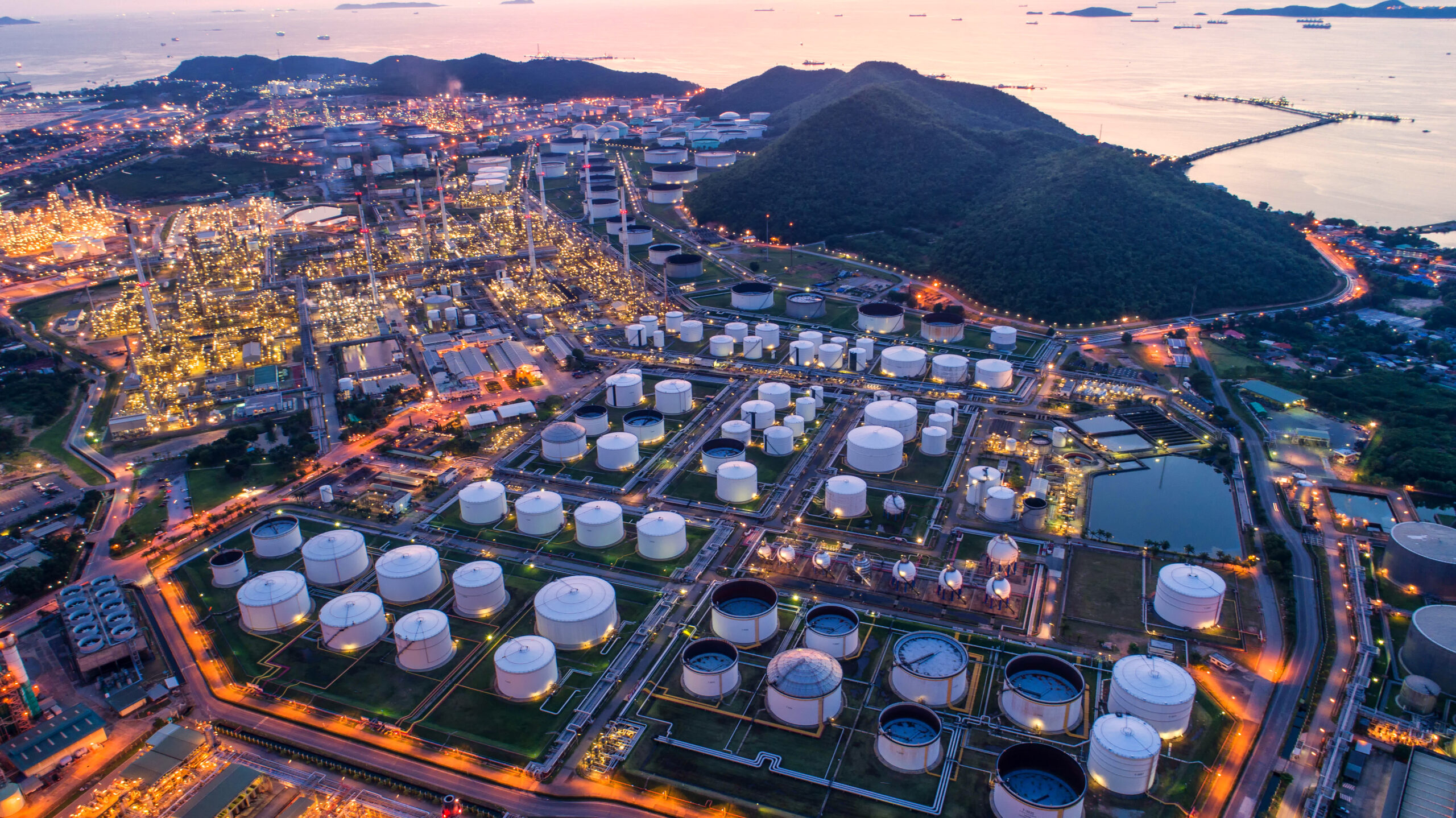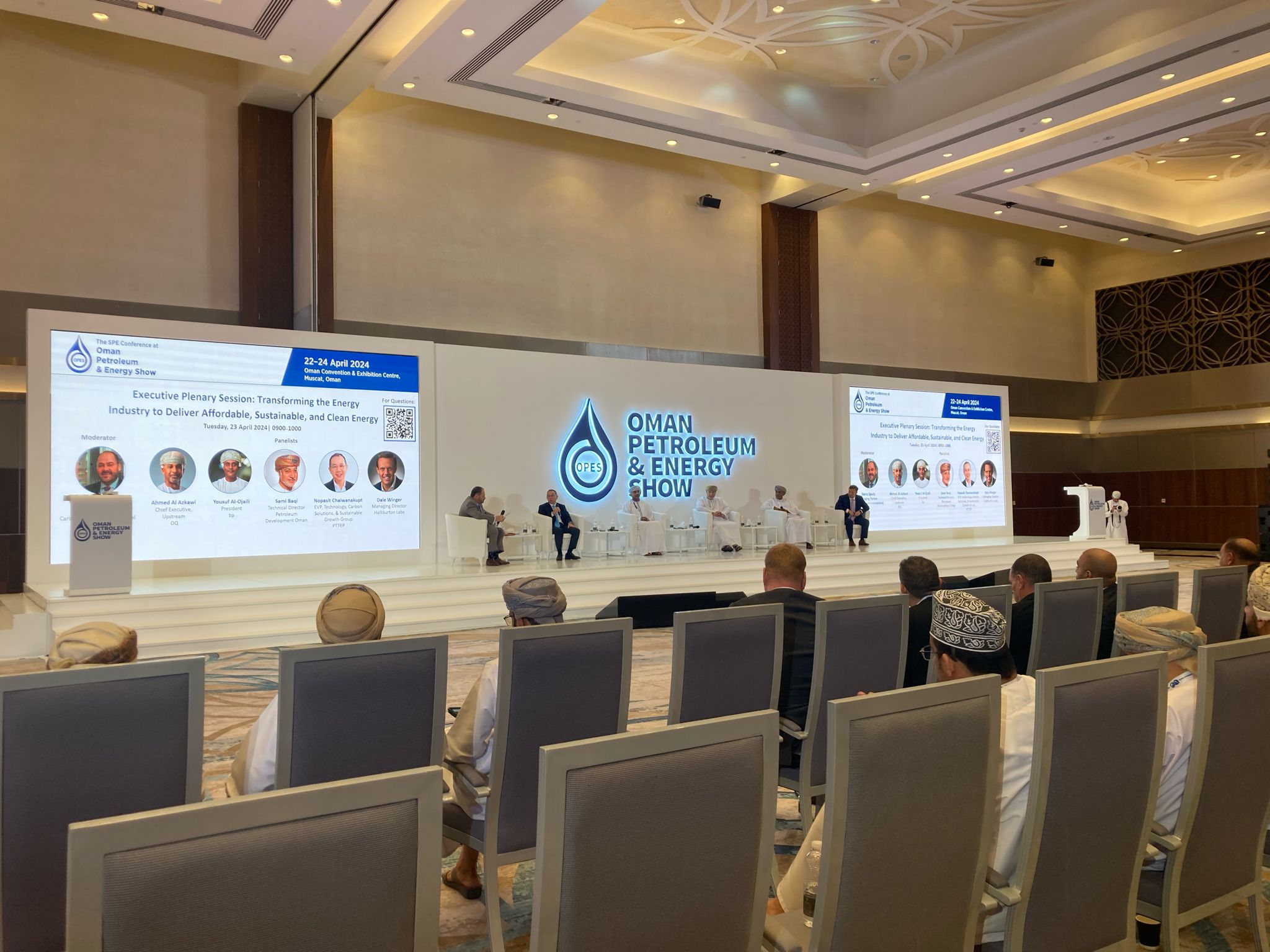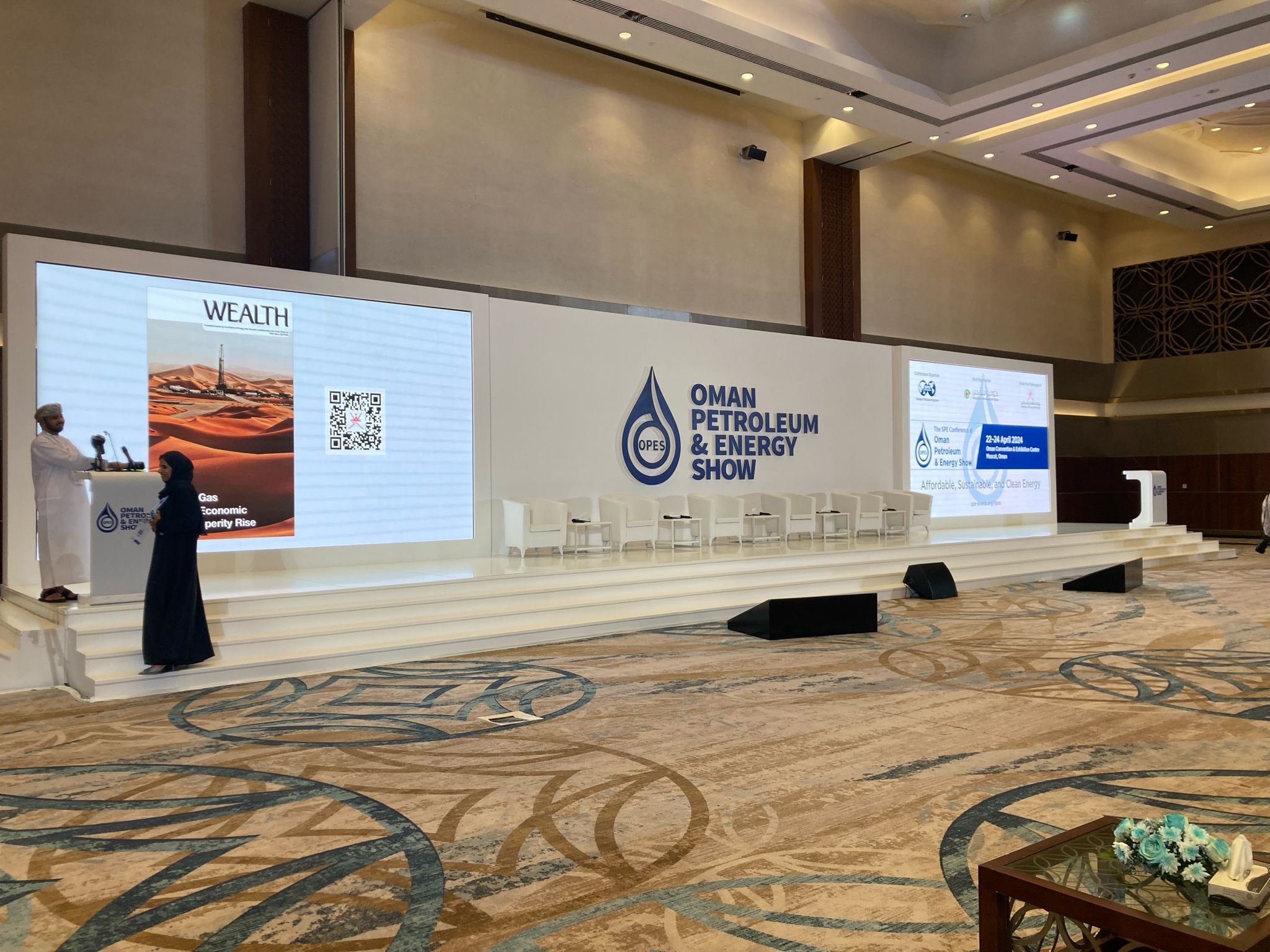Concerns rise over quality of energy industry carbon offsets
There are calls to abandon energy industry carbon offsets in favour of more effective and permanent carbon reducing interventions.

Energy industry carbon offsets have arisen as a key tool for the sector to decarbonize operations in recent years, however media investigations suggesting many emission offset projects may be ‘junk’ are casting doubts over the future of this market amid calls to abandon the system in favour of more effective and permanent carbon reducing interventions.
In September, an analysis by UK newspaper The Guardian and non-profit watchdog Corporate Accountability found that the vast majority of offset projects that have sold the most carbon credits are ‘likely junk’ and cannot be relied on to reduce emissions.
The global carbon offsets market is based on the trading of certificates or ‘credits,’ which allow organisations to compensate for the emissions they generate by investing in a project that is supposed to cut emissions.
Each credit corresponds to one tonne of CO2 or GHG equivalent avoided.
Bloomberg New Energy Finance (BNEF) estimates the voluntary carbon market could rise to $950 billion by 2037 from $2 billion now.
However, the investigation found that three quarters (78%) of the top 50 carbon offsets projects – which include forestry schemes, solar and wind farms and waste disposal projects – had multiple failings undermining their emission reduction promises.
Specifically, an offset was deemed as worthless if “there was compelling evidence, claims or high risk that it cannot guarantee additional, permanent greenhouse gas cuts among other criteria,” The Guardian said.
“In some cases, there was evidence suggesting the project could leak greenhouse gas emissions or shift emissions elsewhere.”
“In other cases, the climate benefits appeared to be exaggerated or the project would have happened independently, with or without the voluntary carbon market,” it said.
All in all, the investigation “paints a picture of carbon markets as a crass vehicle for climate crisis profiteering on the one hand and greenwashing on the other,” Rachel Rose Jackson, director of research and international climate policy at Corporate Accountability, told Gas Outlook.
She added that projects examined in the investigation account for roughly a third of the global voluntary carbon market (VCM) spanning multiple certifiers and registries, suggesting the wider system was “flawed.”
“The Guardian’s headline findings echo the results of other research, such as that carried out by credit rating agencies, and our own expert judgement of the overall performance of the voluntary carbon market,” Khaled Diab, a spokesman for the non-profit Carbon Market Watch, told Gas Outlook.
“Technically, carbon offsets don’t tackle emissions, they allow polluters to supposedly compensate for them. However, all the available evidence reveals that carbon offsetting does not actually achieve what it is supposed to,” he said.
Because of that, the NGO is advocating for an end to offsetting as a practice “in favour of rapid and significant emissions reductions.”
“Companies should not use carbon credits to compensate for their emissions.”
“Instead, when purchasing carbon credits, they should use what we call the ‘contribution model’, through which they simply state something to the effect that they invested X amount in climate or environmental projects,” he said.
The news follow previous investigations into certification company Verra, including the one conducted by The Guardian, German weekly publication Die Zeit and non-profit SourceMaterial,, which found that 90% of rainforest carbon offsets certified were largely worthless.
Energy industry carbon offsets slowdown
Despite its growth potential, the global carbon offsets market especially the energy industry carbon offsets market has experienced a marked slowdown in the past months, amid the negative media coverage.
While the market peaked in 2022, so far in 2023 it has seen a 20% decline in the number of credit retirements compared to the first eight months of 2022, with the energy sector experiencing a much steeper decline (around 36%) in retired offsets in the same period, according to data provided by offset database AlliedOffsets to Gas Outlook.
Energy companies accounted for the biggest share (39.1%) of carbon offsets retired between 2009 and now, the data — which reflects retirements where a buyer was identified, excluding anonymous ones — showed.
Meanwhile an excess of 495 million credits — that could be matched to a buyer — have been retired over that period, the data showed. The total number including anonymous credits retired over that same period is 1,078,363,811.
Airliners and financial services were also among the most active in the market (12.1% and 8% of the total).
Credits are deemed ‘retired’ when they have been used, thus becoming an offset, and can no longer be traded.
However, companies including Shell have recently scaled back carbon offsets plans, with the company erasing its previous carbon offsets programme from its most recent strategy announced in June.
In a bid to address rising concerns about the effectiveness of carbon offsets, the Integrity Council for the Voluntary Carbon Market (ICVCM) launched a ‘core carbon principles assessment framework’ which it hopes will restore market participants’ trust in the system, with first CCP-labelled credits expected to be available in early 2024, Annette Nazareth, chair of the ICVCM told Gas Outlook.
“The CCP label will make it easy for buyers to identify high-integrity credits no matter which program issued them, what type of activity generated them, or where in the world it took place.”
“It is designed to build trust in the market, overcome market fragmentation, and mobilise private finance at speed and scale for projects to reduce and remove billions of tonnes of emissions that would not otherwise be viable.”
The system “will not only enhance market efficiency but also provide a platform for buyers and sellers to engage in fair and transparent pricing,” she continued.
“This will pave the way for the development of spot and futures markets in carbon credits, creating a market that is highly liquid and easily scalable.”
“We are currently about to begin the process of assessing whether forestry projects and other categories of credits meet our guidelines, and it would be premature to pre-empt our decisions,” she added.
“However, nature has a critical role to addressing climate change and there is no path to 1.5 degrees without nature-based solutions.”
“Our assessment framework is designed to ensure that nature-based projects continue to make a meaningful contribution to reducing and removing emissions.”
“We know that carbon-crediting programs are already working to align their methodologies with our criteria, so the CCPs are already making an impact.”
“Credits which do not meet our threshold will continue to be available, but we know there is demand for CCP-labelled credits and we expect them to trade at a premium, incentivising a market shift to high integrity,” she said.



